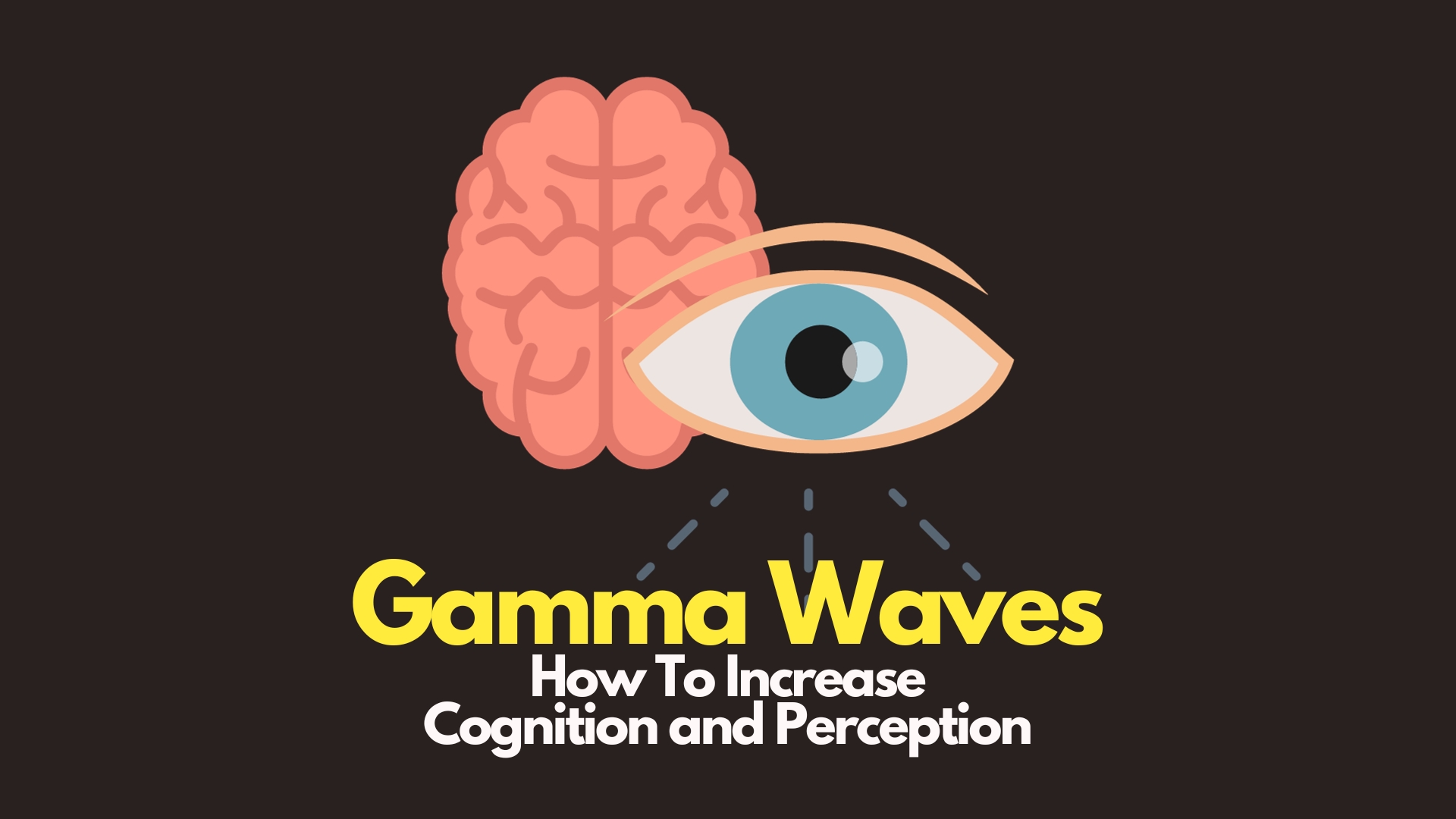Published
- 3 min read
Gamma Waves: The Frontier of Cognitive Processing

Introduction
Gamma waves are often viewed as the pinnacle of human cognition, operating at a frequency range of 30 to 100 Hz. These enigmatic brain waves have been postulated to be the orchestrators of various cognitive activities, from perception to consciousness. Their intricate roles and potential applications make them a subject worth unraveling. Are you ready to embark on this cognitive journey?
The Science of Gamma Waves
Mechanism of Generation
Gamma waves are formed through the meticulous synchronization of neurons, facilitated by an intricate play between excitatory and inhibitory neurotransmitters. The thalamus, a critical part of the brain’s relay system, plays a vital role in their generation.
Role in Brain Connectivity
Gamma waves act as a form of ‘neural wifi,’ connecting disparate regions of the brain and synchronizing them for complex tasks. This allows the brain to process information in a more coherent and effective manner.
Gamma Waves and Neural Disorders
In conditions like schizophrenia and Alzheimer’s, abnormalities in Gamma wave activities have been observed. For example, people with schizophrenia often exhibit reduced Gamma activity during tasks that require attentional focus.
Table: Role of Gamma Waves in Neurological Disorders
| Disorder | Gamma Wave Activity | Implications |
|---|---|---|
| Schizophrenia | Reduced | Poor Attention |
| Alzheimer’s | Aberrant Patterns | Cognitive Decline |
Gamma Waves and Perception
Impact on Sensory Perception
Gamma waves facilitate the brain’s rapid encoding and integration of sensory stimuli. For example, in vision, they can help integrate color, shape, and motion into a singular perceptual experience. This leads to a more enriched and detailed perception of our environment.
Problem-Solving and Memory
Gamma waves are linked to cognitive functions such as working memory, problem-solving, and quick information processing. Essentially, they allow you to connect the dots faster and more accurately, thereby aiding in solving complex problems.
Real-World Example: In emergency situations—like a car skidding off control—you don’t have the luxury of time. Your brain employs Gamma waves to process the cascade of incoming information quickly, enabling you to make life-saving decisions in a split second.
Practical Applications
Neurofeedback
In the field of neurofeedback, Gamma waves are employed to teach individuals how to modulate their own brainwave patterns. By practicing control over these frequencies, one can aim for cognitive enhancement and even mental well-being.
Advanced Learning Techniques
Some emerging learning techniques aim to stimulate Gamma wave activity for quicker grasping of new information. While these applications are still in their infancy, the promise is tantalizing.
Table: Practical Applications of Gamma Waves
| Application | Field | Current Status |
|---|---|---|
| Neurofeedback | Medical | Emerging |
| Speed Learning | Education | Preliminary |
Conclusion
Gamma waves are more than just electrical impulses in the brain; they are the conductors of a neural symphony that governs our cognitive abilities. From their role in brain connectivity to their practical applications and implications in neurological disorders, Gamma waves present a frontier in neuroscience that we are only just beginning to explore. With ongoing research, who knows what doors we may unlock next?